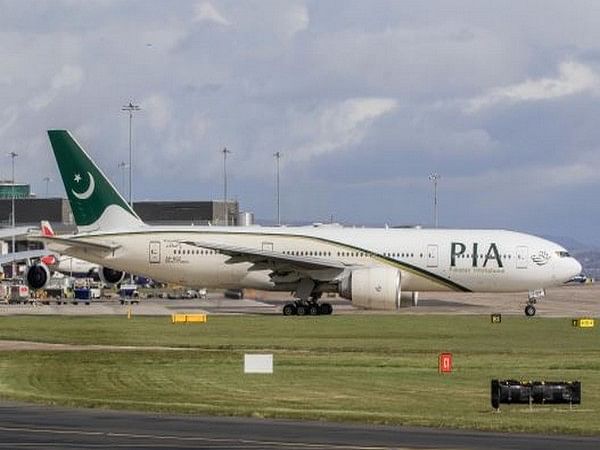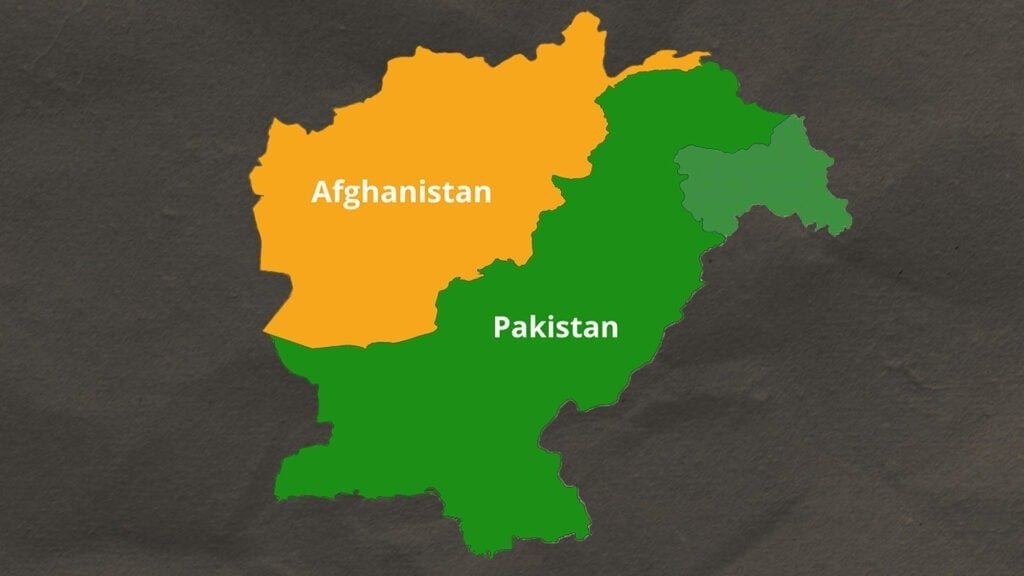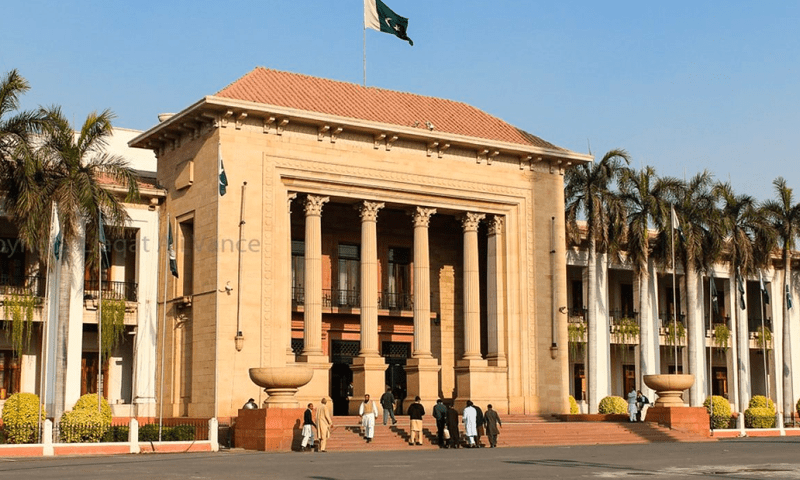Zafar iqbal
The Sindh Budget for the fiscal year 2025–26, though not without its challenges, has demonstrated a considerably more realistic and transparent approach to fiscal management compared to the federal budget. This realism is reflected in at least four critical areas: accounting for inflation, deficit forecasting, tax rationalization, and development priorities — all of which position Sindh’s fiscal planning as a rare example of provincial-level responsibility amidst national-level obfuscation.
To begin with, the Sindh government has acknowledged the obvious — that operating expenses will rise in an inflationary environment. By projecting a 12.5% increase in current revenue expenditure, the province has built its budget around economic reality rather than political optics. In stark contrast, the federal budget has oddly reduced total current expenditure by over Rs16 billion compared to revised estimates of 2024–25, despite known inflationary pressures and expanded allocations in several sectors. This paradox is explained by a projected decrease in debt servicing costs, premised entirely on the assumption that the central bank’s discount rate will decline — a decision ultimately influenced by the IMF, not domestic budget planners.
Second, Sindh’s forecasted provincial deficit of Rs38 billion underscores another glaring discrepancy. The federal government’s projection of a Rs298 billion surplus from Sindh as part of a total Rs1.217 trillion provincial surplus appears to be a mathematical fiction rather than a fiscal plan. This unrealistic assumption by the federal government not only exaggerates Sindh’s revenue-generating capacity but undermines the credibility of national fiscal projections. Compounding this, Sindh’s estimates themselves rely on the Federal Board of Revenue (FBR) meeting its revenue targets — a scenario unlikely given the FBR’s documented shortfall of nearly Rs1 trillion in the outgoing fiscal year. Sindh alone received Rs104 billion less than the federal estimate last year, casting doubt on future promises.
Third, where Sindh’s budget truly distinguishes itself is in its conscious decision to reduce regressive indirect taxes. These taxes — which disproportionately impact low-income groups — have been cut across various categories, including professional tax, entertainment duty, drainage cess, and even sales tax on specific services (reduced from 10% to 8%). A shift toward a negative list for service taxation, where only services listed are exempt, represents a progressive step toward a fairer system.
This stands in sharp contrast to the federal government, which has continued its heavy reliance on indirect taxes, particularly those collected through withholding mechanisms that account for over 70% of all direct tax revenue. Instead of structural reform, the federal approach has leaned heavily on coercive enforcement — asking Parliament for extraordinary powers for tax commissioners, many of whom face credibility concerns. These measures, predictably opposed by the Senate, risk being struck down in court, raising further questions about the sustainability of such enforcement-heavy strategies.
Notably, Sindh’s budget also includes Rs388 billion in expected agricultural income tax revenue — a move that aligns with IMF directives and is scheduled to take effect from January 2025 but budgeted as effective from July 1. What makes this notable is not merely the figure but the way it reveals the contrast in communication. This is the same amount the federal finance minister and FBR chairman claimed they had extracted through enforcement, which convinced the IMF to allow future expectations of similar yield — though with a clear condition: failure to meet this target will result in mandatory tax hikes.
This reveals the uncomfortable truth that even revenue generation is increasingly dictated by IMF benchmarks, leaving little room for organic reform or indigenous policymaking. The FBR chairman’s admission before the Senate that IMF approval is needed for any major tax policy further cements the perception that national sovereignty in fiscal matters has eroded.
In development spending, too, the Sindh budget appears more aligned with practical needs. The province has allocated Rs1 trillion for its Annual Development Programme (ADP), a significant amount compared to the Rs2.869 trillion total federal allocation for all provinces. By this measure, Sindh’s share should be Rs733 billion, based on its 24.55% stake in the divisible pool. However, coordination between provincial and federal development agendas remains weak, if not absent altogether. This lack of synchronicity undermines the efficiency and effectiveness of planned projects.
Strangely, the traditional focus of the Sindh government — development through public-private partnerships (PPPs) — received no mention in the budget speech. Even more conspicuous was the silence on the complete absence of PPP allocations in both the current and upcoming federal budgets. This might be a result of continued investor disinterest in Pakistan’s fragile economy, but it also suggests a waning political will to pursue PPP models, which once formed the cornerstone of Sindh’s infrastructure plans.
One deeply troubling omission from the provincial budget is any comprehensive plan to address the longstanding water crisis in cities like Karachi, Hyderabad, and Sukkur. Despite the severity of the issue, especially in the wake of rapid urbanization and climate vulnerability, no specific allocations were made for water infrastructure projects such as desalination plants or sustainable water management systems. A provincial strategy that includes penalties for wasteful water usage or incentives for water-saving technologies could have been a bold and much-needed step.
In summary, the Sindh budget for 2025–26, while far from flawless, offers a more grounded and transparent fiscal framework than the federal budget. It addresses inflation honestly, rejects fantastical surplus claims, moves toward progressive taxation, and allocates development funds with some sense of fiscal discipline. Yet it also exposes the growing gap between central and provincial planning, the dangers of over-relying on indirect taxation, and the urgent need for long-overdue public sector reforms — especially in water and infrastructure.
More importantly, it underscores the broader reality that Pakistan’s fiscal future may be better secured through empowered provinces rather than opaque central policymaking. For now, Sindh has taken a step in that direction. It remains to be seen whether Islamabad is willing — or even able — to follow.















